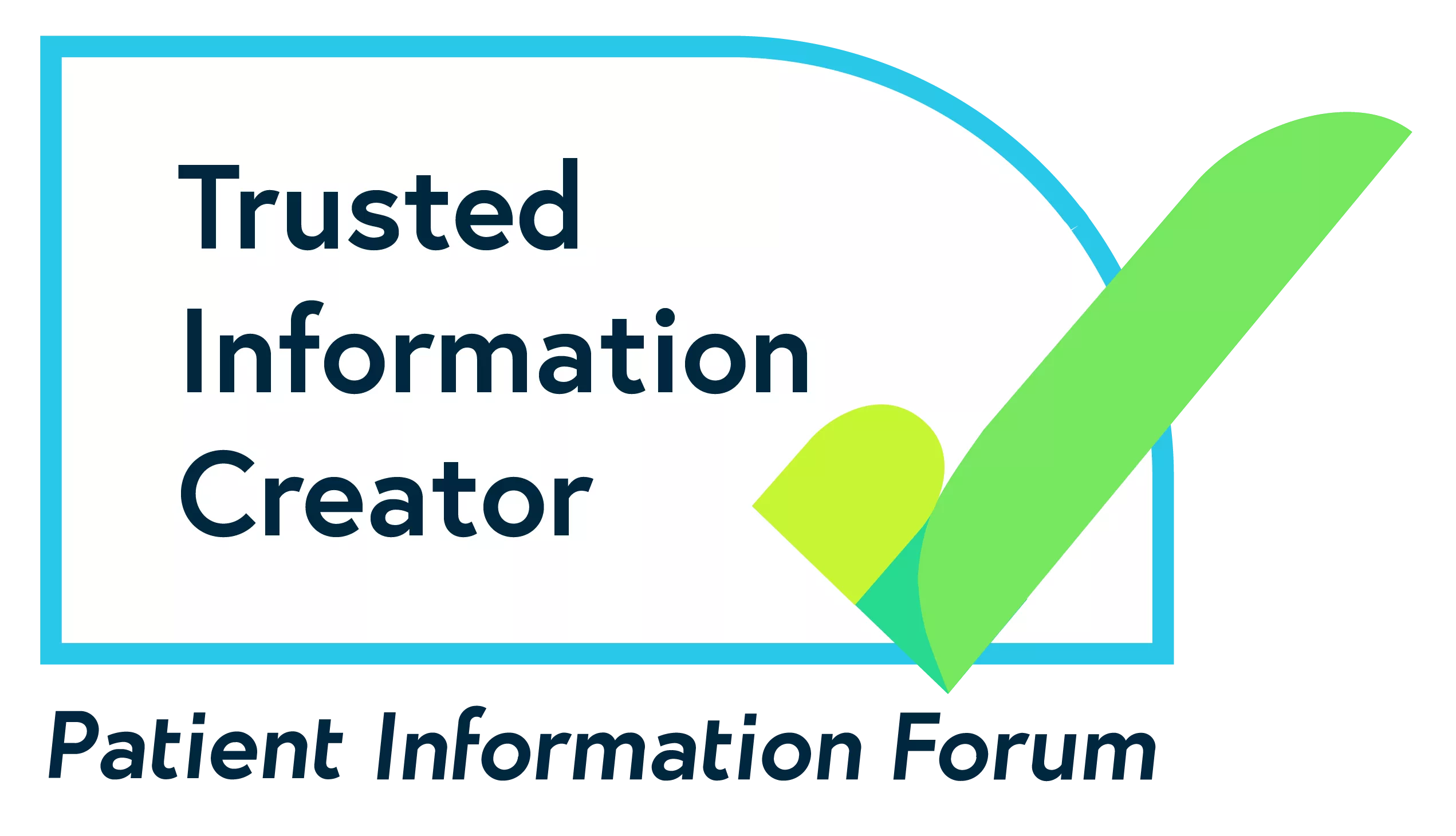What happens when I move to AMHS?
Moving from Child and Adolescent Mental Health Services (CAMHS, or SCAMHS in Wales) to Adult Mental Health Services (AMHS) can be a difficult time. You will meet new people and the way you get treatment and support might be different from CAMHS.
Our information can support you in your move by helping you feel like you better understand the process.
More about CAMHS
- If you're looking for general information about leaving CAMHS, see our page on leaving CAMHS.
- For more about things you might face in your move to AMHS, see our page on problems with my move.
- If you want to learn about what CAMHS are how they can help you, see our page on understanding CAMHS.
CAMHS did an assessment over the phone to see if I should be referred to adult services. They decided that I should. They said that was a really good outcome, that it hardly ever happens and that we should feel really lucky.
What should happen when I'm referred to AMHS?
When AMHS get your referral from CAMHS, they'll first need to find out what you're experiencing and what support you need. This is so they can decide whether their service is right for you.
They can do this by:
- Looking at your medical notes. Your doctor and CAMHS team hold information about you. Before you can be referred to another service, you usually have to give permission for your information to be shared. To find out more, see our page on confidentiality.
- Speaking to your CAMHS team. Someone from AMHS might meet people from your CAMHS team to discuss your needs.
- Speaking to your parents. AMHS might request to speak to your parents, carers or guardians.
- Meeting with you and listening to what support you want. You might meet someone from AMHS to discuss how you've been feeling, and what you think you need.
If there are certain things you want AMHS to know about, you should ask the person managing your move at CAMHS. They can advise you on the best way to tell them.
If AMHS think their service is right for you, they'll get in touch to give you an appointment.
I think there must have been a conversation at some point about what I'd want from adult services. I asked for ‘trauma work’, they said ‘okay’. Then we got the referral. I thought ‘yes, that's good, they're taking me seriously.’
Will there be long waiting times for AMHS?
After CAMHS refer you, AMHS might put you on a waiting list before they consider your referral. It depends on the area you live in and the type of support you need, but generally the waiting lists are very long. You might have had similar problems with long waiting times at CAMHS.
Even after AMHS have accepted your referral, you may have to wait before you can start getting treatment and support. Waiting can feel very frustrating and upsetting, especially if you've been making good progress at CAMHS.
If you're finding things difficult, see our information on how to cope while waiting for support and looking after your wellbeing.
Some of the young people we spoke to about waiting times in their move said:
I got a letter in the post saying that I'd been accepted onto adult DBT* but it was going to be an 8-month wait.
Things didn't get worse, but in that waiting time, you're not certain if you're going to get the support you need.
When my old psychologist came back from maternity leave, she was appalled to see I was still on the waiting list. She left me 18 months ago, but took my case on again when she came back.
I didn't understand that it would be such a wait or that there was such a gap. I thought it would just be like from going from normal CAMHS to DBT, or just like a different programme.
How are AMHS different to CAMHS?
Every mental health service is slightly different, but some young people find that AMHS look and feel very different to CAMHS.
You might find that:
- The relationship with your care team is different.
- You receive more or less support than you did in CAMHS.
- There are different types of support and treatment options.
- You're in groups with adults older than you, because AMHS support people up to any age.
- Staff may speak to parents, carers or guardians less than they did in CAMHS – if you still want them to be involved, you should make this clear.
- AMHS might focus more on your mental health diagnosis, rather than lots of different things going on in your life.
The difference between CAMHS and AMHS might feel a bit scary and overwhelming at first. For ways to make things feel a little easier, see our page on tips for managing your move.
Some of the young people we spoke to described the differences they noticed:
With CAMHS you have more regular appointments, especially in the first stages of treatment. Whereas, with AMHS I had more infrequent appointments and they were over the phone.
Adult services are much more reliant on your opinion and decisions. The therapy, counselling and decision-making is directed by you, unlike CAMHS where they offer you ideas or advice to achieve your goals.
I was recently in CBT sessions with Adult Mental Health Services. I had 5 sessions but decided not to continue my treatment after this. The adult services included a lot of ‘homework’ and implementing habits and good practices into my daily life.
The friendly environment of CAMHS doesn't exist in adult services, you don't have any of these lovely waiting rooms with colours on the wall.
Moving to AMHS in England compared to Wales
England and Wales have slightly different rules and processes if you're moving from CAMHS to AMHS. There might be also big differences in the way that local CAMHS in different areas manage the move.
No matter where you live, someone should always tell you what to expect and listen to your views.
If you're moving from CAMHS to AMHS, you should be under something called the Care Programme Approach (CPA).
This means you should have:
Under the CPA, your support should not end when you move to AMHS. It should only end when you and your care team believe you no longer need it. They should always try and agree this with you.
If you're not sure whether you're under the CPA, or haven't been given a written copy of your care plan, speak to someone in your CAMHS team.
If you're moving from CAMHS to AMHS, you should have:
- A transition worker. This is someone who manages and supports your move to AMHS. This should include helping you put together a Young Person's Transition Passport.
- A Young Person's Transition Passport. This is for you to fill out, explaining what's important to you and what support you want. You can look at an example on the Welsh government website.
- A Care and Treatment Plan (CTP).
Problems with your move
Our information tells you what should happen when you move from CAMHS to AMHS, but sometimes it doesn't go the way it should.
Will my parents, carers or guardians be involved when I move to AMHS?
CAMHS encourage parents, carers and guardians to be involved in your treatment and support. AMHS might not do this as much.
Someone in AMHS should ask you how you want them to be involved. Whatever you say should be respected.
Once you're in AMHS, someone else like your GP could be your first point of call, rather than your parents, carers or guardians.
Either way, it might feel helpful having people around who you can trust – you could ask a friend, partner or another family member to be involved.
I think having my mum with me helped, because my mum is really supportive. So having her support was definitely a good thing.
What if I don't want them to know anything?
You have a right to your personal information being kept confidential. This includes information about leaving CAMHS and starting treatment with AMHS.
What happens if I turn 18 while I'm in hospital?
If you're staying in hospital as an inpatient as part of your treatment, your care team should start planning your move from CAMHS 6 months before you're due to leave. The plan should explain what happens when you turn 18, for example:
- Moving from a CAMHS ward to an adult mental health ward within the hospital
- Getting inpatient treatment in a different hospital, if there are no AMHS where you are
- Discharging you from hospital if you're well enough to leave inpatient care
- Referring you to other adult services in the community to support you with your mental health
Even if you've already turned 18, you might sometimes be allowed to stay on the CAMHS ward until you're well enough to leave. This always depends on the hospital.
If you're under 18 and need to go into hospital for your mental health, you'll normally go onto a CAMHS ward. But if you're very close to turning 18, the hospital might decide that going straight to an adult ward would be better for you. In this case, you wouldn't be dealing with CAMHS at all.
It may be a stressful time with transitions, new people and waiting times, but the treatment you receive will be more appropriate to your age group and your stage of developing into a young adult. Bear with it!
What if I've been sectioned in the past?
Being sectioned means that you're kept in hospital to get treatment and support for your mental health.
Sometimes being sectioned gives you a legal right to support known as section 117 aftercare. This right to support doesn't end when you leave CAMHS. It should only end when your care team agrees that you no longer need it. It shouldn't matter what age you are, or whether you're over or under 18.
For more information, see our page on being sectioned.
Referral
This is a request to a service asking them to review:
- how you’re feeling
- what support you need.
The referral helps explain to the new service why they should see you, and what the best way to help you might be.
Sometimes referrals can be made by yourself, a family member or social worker. But they’re often made by your doctor as they understand your medical history.
Visit our full treatment and support glossaryDischarge
This means your treatment at a hospital, clinic or other service is ending. You may be discharged because:
- you’ve completed your treatment
- you’re old enough to use a different service
- you’ve asked to leave
- the next part of your treatment needs to continue somewhere else.
Your care team should explain what this means, and what will happen if you need care in the future.
Visit our full treatment and support glossaryInpatient care
This is the care you get when you’re staying in hospital. You might be an informal patient or you might be sectioned. You might also be having treatment and support for your physical health.
See our pages on being an informal patient or being sectioned for more information.
Visit our full treatment and support glossaryMental Health Act 1983
This is a law that allows people to be sectioned if they have a mental health problem and need treatment. It applies to both England and Wales.
Visit our full treatment and support glossarySection 117 aftercare
Sometimes being sectioned gives you a legal right to support. If you have been sectioned under section 3, 37, 47 or 48, you have a right to support called section 117 aftercare.
Section 117 support will be personal to you, depending on what support you need to stop your mental health from getting worse. And your right to support doesn't end until your care team agree that you no longer need that support.
See our page on being sectioned for information about the different sections.
Visit our full treatment and support glossaryChild and Adolescent Mental Health Services (CAMHS)
These are services that support young people with their mental health.
You might see them called different names sometimes, but they offer the same type of services for young people:
- In Wales, they're called Specialist Child and Adolescent Mental Health Services (SCAMHS)
- In England or Wales, you might also hear them called Children and Young People’s Mental Health Services (CYPMHS)
Find out more in our CAMHS information hub.
Adult Mental Health Services (AMHS)
These are NHS services that support adults with mental health problems.
Visit our full treatment and support glossaryCare team
These are the people look after you when you're getting treatment and support for your mental health problem. Your care team might include nurses, doctors and therapists.
They may look after you in hospital, support you through Child and Adolescent Mental Health Services (CAMHS), or look after you at home.
Visit our full treatment and support glossaryCare Programme Approach (CPA)
This is a way of providing NHS support for people in England who have a mental health problem. It means you should have a care co-ordinator and a care plan.
Visit our full treatment and support glossaryCare coordinator
A care coordinator is the main point of contact and support if you need ongoing mental health care. They keep in close contact with you while you receive mental health care and monitor how that care is delivered – particularly when you’re outside of hospital. They are also responsible for carrying out an assessment to work out your health and social care needs under the care programme approach (CPA).
A care coordinator could be any mental health professional, for example:
- a nurse
- a social worker
- another mental health worker.
This is decided according to what is most appropriate for your situation.
A care coordinator usually works as part of the community mental health team.
Visit our full listing of Legal TermsCare plan
The name for a plan that explains your mental health problem, what treatment and support you need, and who will provide that support. Care plans might also cover what should happen if you're in a mental health crisis.
There are different types of plans, such as a Care Programme Approach (CPA) or Care and Treatment Plan (CTP). Whatever type of plan you have, you should always be given a copy of it.
Visit our full treatment and support glossaryPersonal information
This is any information that can be used to identify you. For example, your name, address or even your IP address.
Visit our full treatment and support glossaryConfidentiality
Confidentiality is about keeping your information private.
It means that when you talk to professionals they shouldn’t tell anyone else what you’ve said.
They will only share what you tell them in certain situations. For example, if you ask them to or if they’re worried that you or someone else could be in danger.
See our page on confidentiality for more information.
Visit our full treatment and support glossaryWard
This describes the area of the hospital you're staying in. You may also hear it called a unit.
Visit our full treatment and support glossaryCare and Treatment Plan (CTP)
This a support package provided by the NHS for people in Wales who have a mental health problem.
Visit our full treatment and support glossaryDialectical behaviour therapy (DBT)
This is a type of talking therapy. The aim is to help you:
- understand and accept difficult feelings
- challenge negative coping strategies
- learn new ways to manage your feelings.
You might take part in DBT by yourself, or in a group.
Visit our full treatment and support glossaryRights
Rights generally exist to protect and help us. If you have a right or the rights to something in everyday life, it means you're entitled to have it or do it. Our rights are often set out in laws, like the Equality Act 2010. Sometimes, rights might be set out in other policies and guidelines.
Some rights can never lawfully be taken away from us. However, sometimes another law can interfere with or restrict our rights, like if we are arrested or sectioned.
For more information, see our page on your rights.
Visit our full treatment and support glossaryThis information was published in December 2022. We will revise it in 2025.
The quotes on this page are from young people we spoke to while making this information. They've given us their consent to use their quotes in our information. The words, experiences and opinions in the quotes are not related to the young people shown in any of the photographs we use.
References are available on request. If you would like to reproduce any of this information, see our page on permissions and licensing.













